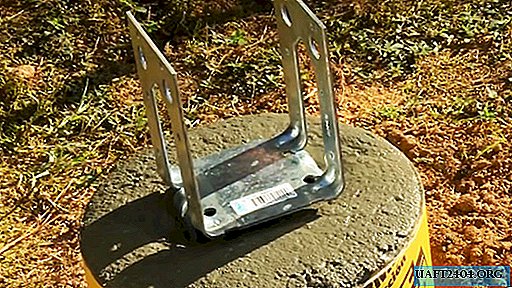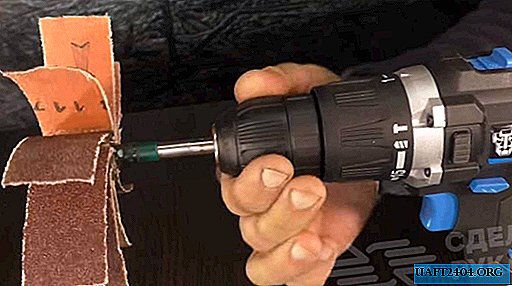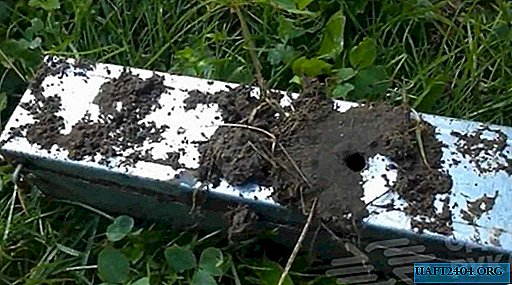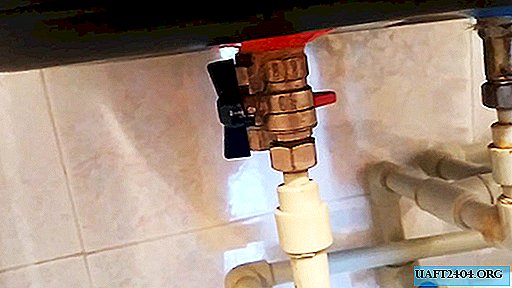Share
Pin
Tweet
Send
Share
Send
This is perhaps the most popular simple and common radio bug or radio microphone circuit. A minimum of detail and a minimum of time is required to build this baby. Due to the use of a microphone from Chinese products, the sensitivity of this device is very high. This bug is not whimsical in manufacturing, not demanding on a power source. Of course, along with the obvious advantages of this circuit, there are drawbacks, the main one, in my opinion, is a large frequency drift when changing the power supply, but when this radio microphone is powered by batteries, this parameter is not critical.

This radio beetle works according to the capacitive three-ton scheme. The oscillation circuit is tuned to a frequency of 90 MHz. But with ease you can choose any frequency from the interval 30 - 120 MHz.

Transistor KT660B. The coil is a frame with a diameter of 7mm, see the rest for the rest.
The transistor can be any, even low-frequency.
With good parts, the bug starts working immediately. It is only required to select the desired frequency.

It is very simple to determine the operation of a bug without a receiver. To do this, measure the current consumption, and then short-circuit the oscillating circuit, if the current consumption has changed, then the device is working.
The antenna is connected to the collector of the transistor, it can burn to be a piece of wire up to a meter long. It is better to connect the antenna through a 10-15 pF capacitor.
I forgot to draw, the power is connected to the capacitor C1, the top pin is in the plus circuit. Power supply 1.5 - 15 volts.
Share
Pin
Tweet
Send
Share
Send











